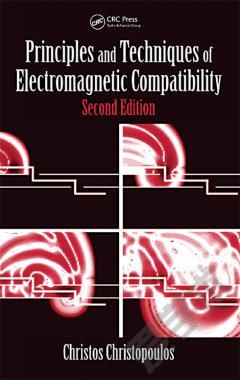Introduction to Functional Magnetic Resonance Imaging: Principles and Techniques
Introduction Part I. An Overview of Functional Magnetic Resonance Imaging: I A. Introduction to Functional Neuroimaging: 1. Energy metabolism in the brain 2. Cerebral blood flow 3. Brain activation I B. Introduction to Functional Magnetic Resonance Imaging: 4. Nuclear magnetic resonance 5. Magnetic resonance imaging 6. Imaging functional activity Part II. Principles of Magnetic Resonance Imaging: II A. The Nature of the Magnetic Resonance Signal: 7. Basic physics of magnetism and NMR 8. Relaxation and contrast in MRI 9. Diffusion and the MR signal II B. Magnetic Resonance Imaging: 10. Mapping the MR signal 11. MRI techniques 12. Noise and artifacts in MR images Part III. Principles of Functional Magnetic Resonance Imaging: III A. Perfusion Imaging: 13. Principles of tracer kinetics 14. Contrast agent techniques 15. Arterial spin labeling techniques III B. Blood Oxygenation Level Dependent (BOLD) Imaging: 16. The nature of the BOLD effect 17. Mapping brain activation with BOLD-fMRI 18. Statistical analysis of BOLD data 19. Efficient design of BOLD experiments Appendix: the physics of NMR Index.
{{comment.content}}








 京公网安备 11010802027623号
京公网安备 11010802027623号